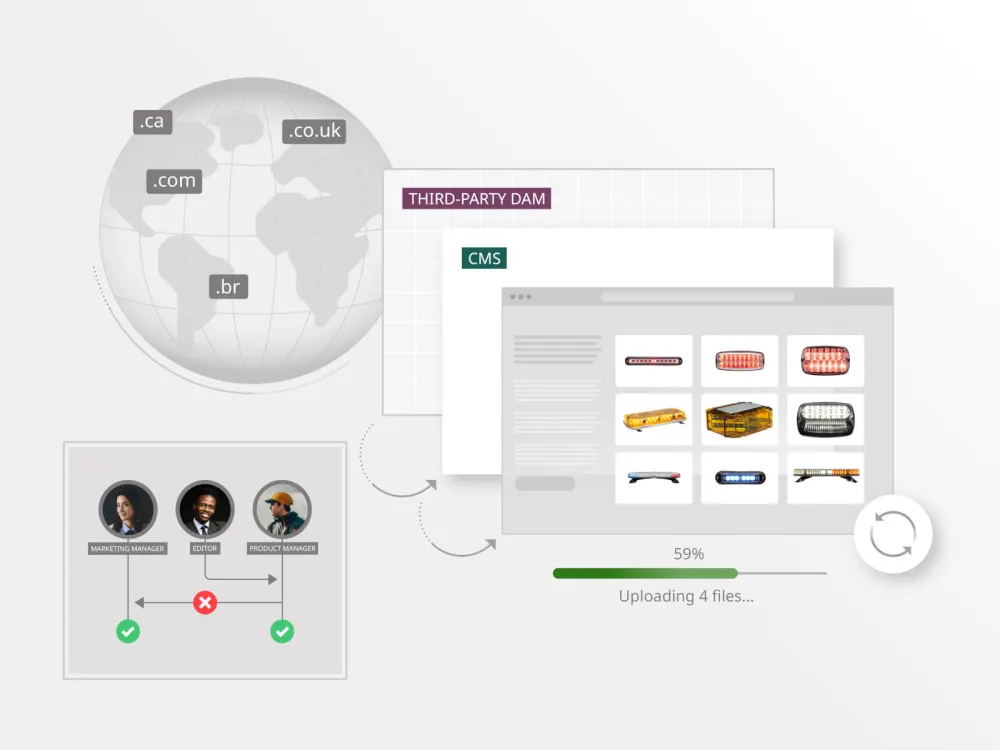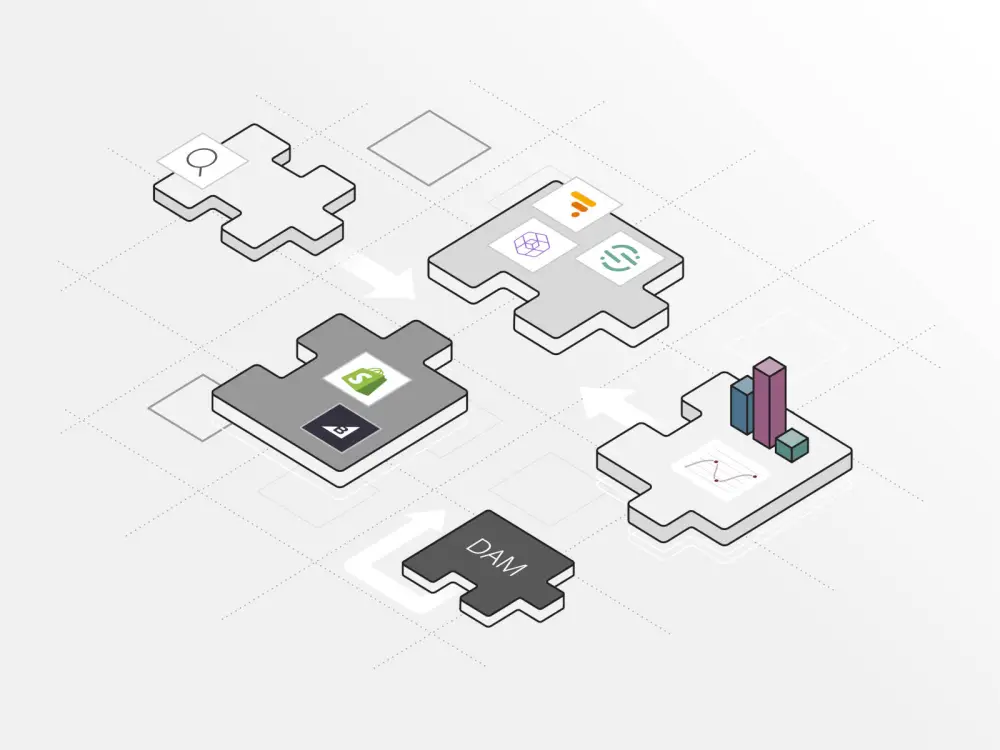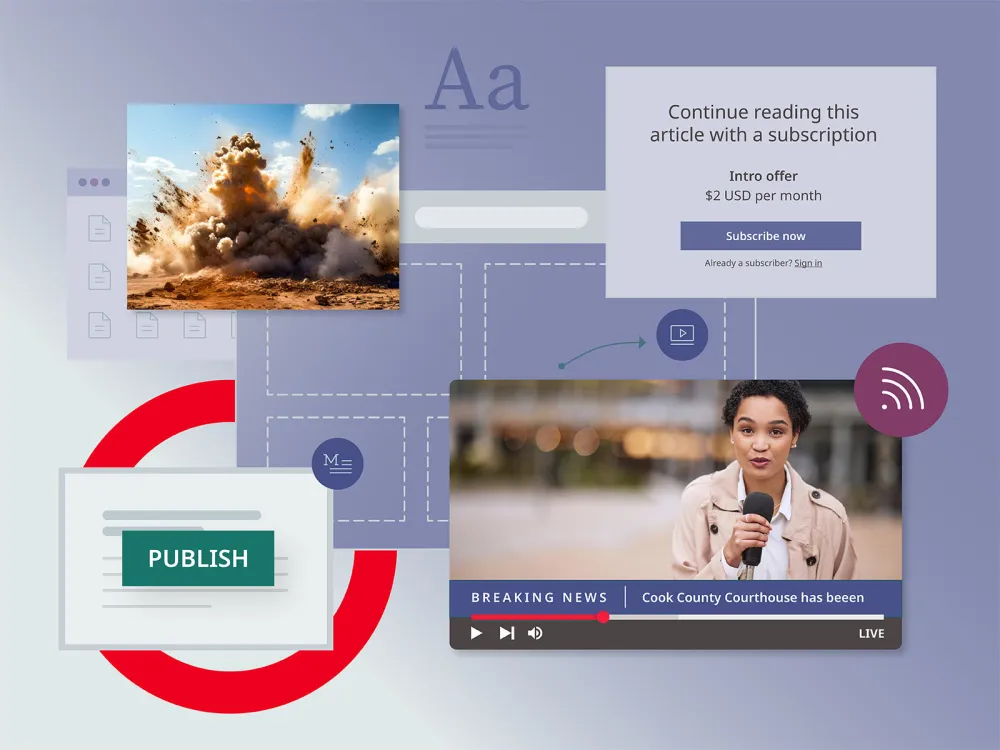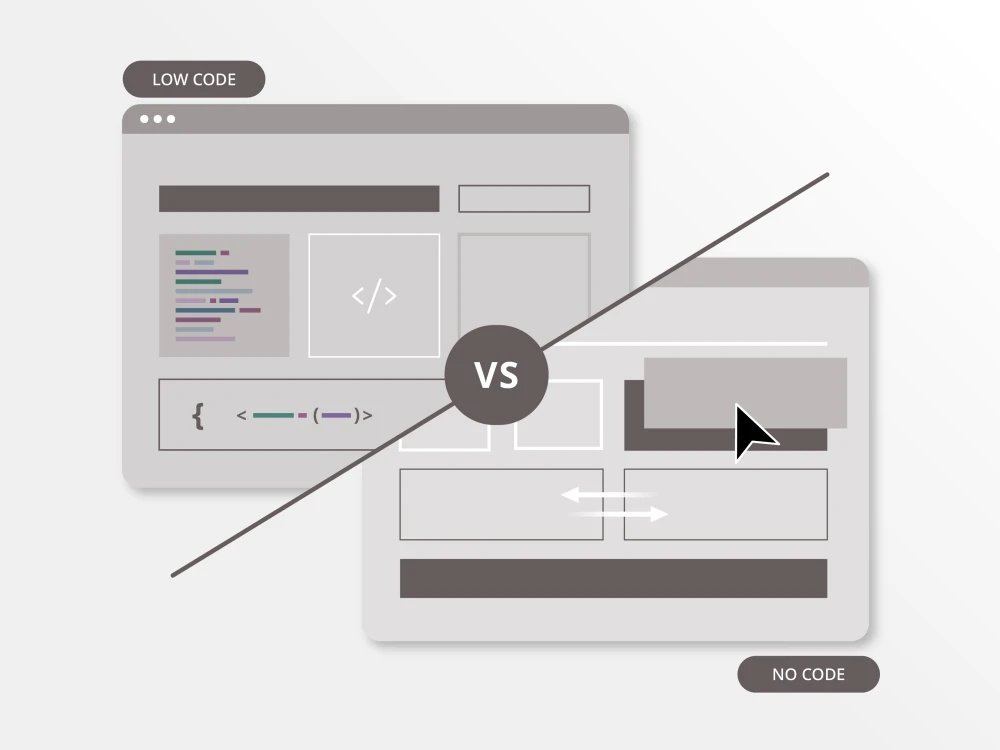Everything has changed today when it comes to content. We’ve seen the shift away from focusing on print materials to embracing a digital-first mindset. This change happened quite quickly, all thanks to smartphones, tablets and the need to for content to be easily accessible at all times. Nowadays, people are consuming content at an astonishing pace. They’re using multiple devices at once and constantly engaging with content around the clock.
In turn, companies have been forced to maintain an almost-impossible output of content to keep up with their consumers’ expectations. They’re challenged to deliver relevant content at the right moment and on the right channel to their target—ranging from co-workers to customers to partners—in order to elicit an action.
Keeping up with content creation best practices, understanding the nuances of things like segmentation and personalization, and knowing how and when to optimize workflows for efficient delivery can be incredibly challenging generally—but especially when organizations don’t have the right CMS technology in place.
Content teams are left to navigate ever-evolving content needs with solutions that can’t adapt alongside them. But just as other business functions need modern systems and solutions to execute their work, content experts need a solid foundation in place to deliver a winning strategy.
Beware the CMS comparison trap
When considering how to refine or evolve your content strategy, including your content infrastructure, an easy trap to fall into is assessing how other companies are keeping up and approaching content and assuming the same approach could work for you.
You don’t take your neighbors medicine just ‘cause they’re feeling better. Prescription without diagnosis is malpractice.
The truth is that content strategies aren’t a copy-and-paste, rinse-and-repeat element of any organization. Even though it can feel difficult to keep up with evolving digital properties and changing expectations, remember that no two businesses are the same.
Sound familiar? You’re not alone. These are normal thoughts to have when reassessing your infrastructure needs, but be careful not to assume something will work for you because it works for someone else. And remember that content is inherently complex—taking a shortcut doesn’t usually work out long term.

Revisit the basics to understand what you want your content platform to do
If you’re looking to upgrade to a more modern CMS platform, before you assess new applications, you should revisit the basics of your strategy. Discuss all important aspects of your content program with the necessary stakeholders to ensure you’re aligned on the outcomes you intend to achieve.
5 key considerations to decide before choosing a CMS
- Define your overarching content strategy: What are you looking to accomplish and why?
- Define your goals and KPIs: How will you track your progress?
- Tailor questions to your specific needs: What unique content considerations do you need to account for when assessing applications?
- Establish your purchasing team: Who needs to sign off on the platform you select? What do they care about? What worries them?
- Identify the root cause of your challenges: Do you know which challenges are surface level vs. a result of outdated systems and operational inefficiencies?
Assess all the different types of CMS architecture
Once you’ve done your due diligence on what is and isn’t working for your current program and how you want to see it evolve, it’s time to evaluate your options. Remember to take your time assessing different applications, thoroughly evaluating each one so you understand what might work best for you—and don’t let the hype of a new platform or architecture type catch you off guard or misguide your decisions.
Keep these topline takeaways in mind as you dive into each type:
Traditional CMS
In a traditional (or coupled) CMS, the back end and front end are tightly linked through the architecture. All content, digital assets and website design and customization applications are created, managed and stored in the back end.
Advantages include:
- Simple: ideal for text-based content
- Built-in themes and templates
- Customized front end
Disadvantages include:
- Limited content types and delivery channels
- Limited programming framework
- More time and money required for customization, maintenance and enhancements
With a decoupled CMS, the back-end and the front-end application are housed separately and communicate through an API. This means that once content is created and edited in the back end, it can be delivered to any front-end design on any device or channel.
Advantages include:
- Fast and flexible content delivery with a specified delivery environment
- Rapid design iterations and simpler deployments
- Easy and secure third-party integrations
- Fewer dependencies on IT
Disadvantages include:
- More complex than traditional to configure and deploy
- Front-end development work required for design
Headless CMS
A headless CMS provides a back end-only content management system without any presentation layer. Content is created, managed and stored on the back end, but it is not tied to a particular front-end or display layer.
Advantages include:
- Fast content delivery
- Control over where your content appears and how it looks
- Secure third-party integrations
- Developers can use their favorite tools and frameworks
Disadvantages include:
- No built-in presentation functionality
- Difficult to see a live preview without significant development assistance
- Reliant on additional technologies for its “head”
Hybrid CMS
A hybrid CMS combines the best features of both traditional and headless/decoupled CMS solutions. It offers a built-in presentation layer, like a traditional CMS, but also allows for the flexibility and scalability of a headless/decoupled CMS. This means that content can be managed and accessed through an API while still maintaining control over the presentation layer and user experience.
Advantages include:
- Reusable content in multiple places
- Different user experiences based on device/browser
- Greater speed to market
- Unlocks greater rewards, flexibility and future-proofing over the long run
Disadvantages include:
- Requires a decoupled/headless API for full content management
- Additional resources are needed for development, deployment and management
- Bigger upfront investment required
Ready to choose? Lean on the experts to guide you to the best choice for your business
Developing and refining a content strategy is hard enough. You don’t also need to be experts in the different types of CMS architectures that make it all possible. That’s what the Brightspot team is here for—to help you understand how different applications, workflows and capabilities can (or cannot) support your unique needs.
Have questions? We’ll have answers. Contact us today to schedule a demo.










